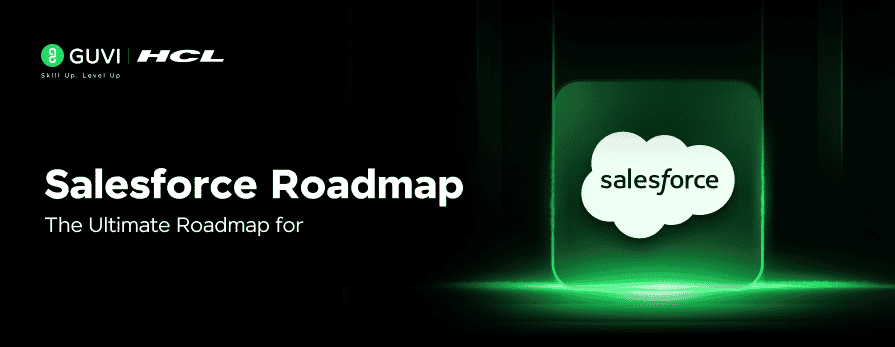
Salesforce Roadmap 2025: A Step by Step Guide
Aug 29, 2025 5 Min Read 2099 Views
(Last Updated)
Ambition without direction often stalls before it starts. A clear Salesforce roadmap transforms scattered curiosity into measurable progress because it tells you what to learn, when to practise, and how to prove competence. Read our blog for a complete roadmap to become a Salesforce developer and leverage this opportunity.
Table of contents
- What is Salesforce?
- How to Become a Salesforce Developer: A Detailed Roadmap?
- Step 1: Clarify CRM Fundamentals and Cloud Value
- Step 2: Explore the Standard Data Model in Depth
- Step 3: Build Administration Mastery
- Step 4: Master Declarative Automation
- Step 5: Develop Apex Fundamentals
- Step 6: Hone Data Query and Management Expertise
- Step 7: Create Lightning Web Components
- Step 8: Design Robust Integrations and Event Solutions
- Step 9: Safeguard Performance, Scalability, and Security
- Step 10: Commit to Continuous Professional Development
- Top Benefits of Becoming a Salesforce Developer
- Conclusion
- Frequently Asked Questions
What is Salesforce?
Salesforce is a cloud-based customer relationship management platform that records prospect data, guides deals, and tracks service cases within one workspace. Salesforce holds a dominant position in the global CRM landscape. Salesforce (NYSE: CRM), the world’s #1 AI CRM, also continues to shape the enterprise software landscape through consistent innovation and scale.
As reported by IDC in 2024, Salesforce led all CRM vendors with a 20.7% global market share and recorded the highest revenue in the category. With over 150,000 customers across sectors and a strong foothold in enterprise and mid-market adoption, Salesforce remains central to modern digital strategy.
How to Become a Salesforce Developer: A Detailed Roadmap?
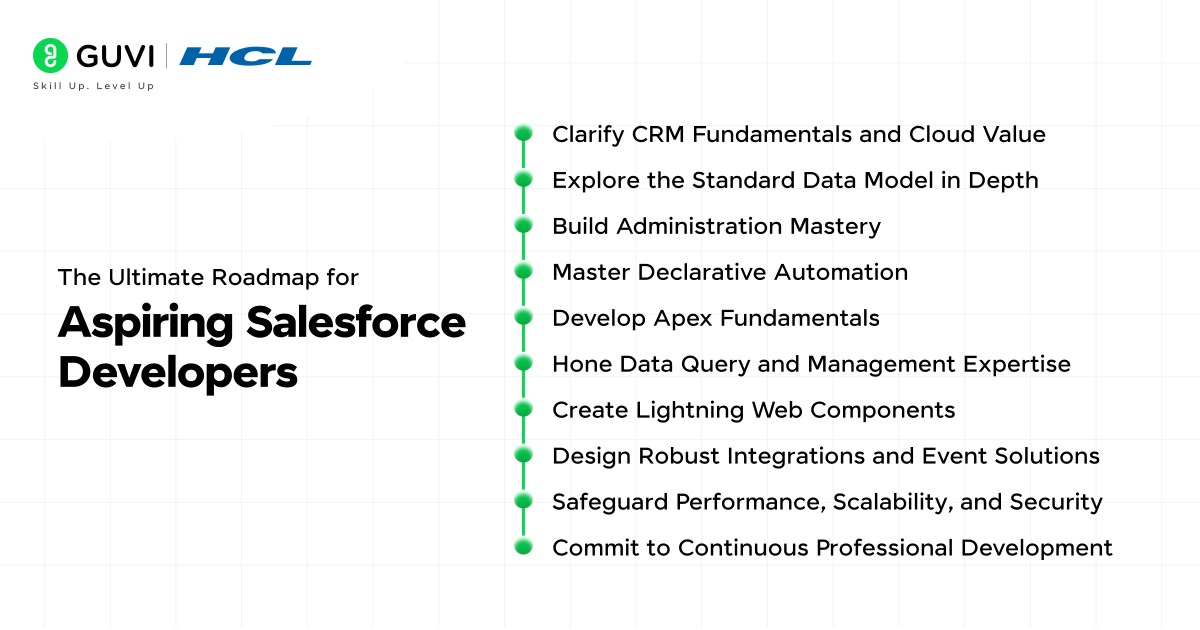
The next sections outline ten connected stages that cover technical skills, practical exposure, and career growth. Follow them in order, adjust the time you spend on each task according to your schedule, and track achievements along the way.
Step 1: Clarify CRM Fundamentals and Cloud Value
A strong beginning anchors your entire Salesforce roadmap. You first need to understand why businesses rely on customer relationship management and how cloud delivery reshapes budgets, timelines, and scale.
When you connect those principles with platform features, later configuration choices feel purposeful and rooted in real outcomes rather than abstract theory. Studying the business side also sharpens your communication because you can translate technical detail into language that stakeholders trust.
Following are productive activities that turn concept into working knowledge:
- Sketch the full lead‑to‑cash journey and annotate each data exchange among marketing, sales, and service teams.
- Compare subscription software with on‑premise licensing, highlighting advantages in upgrade speed, capital expenditure, and disaster recovery.
- List key metrics such as conversion rate, average deal size, and first‑contact resolution so you can align every later design to measurable results.
Read More: Top 9 Salesforce Developer Courses [2025]
Step 2: Explore the Standard Data Model in Depth
After grasping the business context, you must learn where Salesforce stores core data. The native objects, including Account, Contact, Opportunity, Case, and others, hold relationships that preserve context across departments. Observing default behavior helps you see where configuration ends and customisation begins, giving you a mental blueprint that guides future extensions.
Below are hands‑on exercises that refine object insight:
- Create sample records for each standard object and observe field defaults, auto‑numbering, owner transfer, and sharing implications.
- Draw an entity‑relationship diagram reflecting lookup links, master‑detail dependencies, and potential roll‑up summaries.
- Simulate role hierarchy changes to witness how record visibility travels through parent and child structures.
Step 3: Build Administration Mastery
The next milestone in your Salesforce roadmap is disciplined administration. Configuration sets guardrails that protect data while streamlining user experience. Profiles, permission sets, record types, page layouts, and validation rules form an access matrix that blends security with productivity. When you adjust these elements deliberately, you reduce downstream maintenance and earn trust from both users and auditors.
Here are configuration tasks that develop administrative depth:
- Craft a custom profile that restricts delete rights on revenue objects yet allows full edit on service records.
- Apply a permission set granting Lightning App Builder access only to power users who design custom pages.
- Create a validation rule that blocks opportunity closure when no primary contact email exists, improving data completeness.
Step 4: Master Declarative Automation
Manual processes slow growth and introduce error, so you need to translate policy into reliable automation. Flow Builder, approval workflows, and time‑based actions deliver consistency without code. Clear branching logic, meaningful descriptions, and fault paths make automation maintainable as requirements evolve.
Following are automation objectives that embed efficiency:
- Design a record‑triggered flow synchronising quote line items when an opportunity stage changes.
- Configure an approval chain that escalates discount requests based on percentage thresholds, routing larger amounts to senior leadership.
- Schedule a nightly job that generates renewal tasks for account owners when contracts reach thirty days from expiration.
Step 5: Develop Apex Fundamentals
Declarative tools solve many needs, yet some scenarios demand precision beyond clicks. Apex introduces server‑side logic that executes inside the multitenant environment while respecting resource limits. Well‑structured code using trigger frameworks and reusable services keeps maintenance cost low and test coverage high.
Here are coding practices that anchor solid Apex skills:
- Implement a trigger handler pattern separating orchestration from domain logic so individual units remain testable.
- Use lists and maps to process bulk transactions efficiently, ensuring that ten records and ten thousand records pass identical logic without hitting governor limits.
- Surface clear error messages through custom exceptions when business rules block a transaction, guiding users toward corrective action.
Step 6: Hone Data Query and Management Expertise
Applications live or die by data access speed and migration accuracy. You must master SOQL for filtered retrievals, SOSL for broad text searches, and Data Loader or Bulk API for large imports and exports. Understanding index selectivity, query plans, and upsert strategies guards against timeouts and duplicates.
Below are data‑centric milestones:
- Write SOQL aggregations that summarise revenue by fiscal month, feeding dashboard components aimed at executives.
- Use SOSL to implement a global search component returning contacts, cases, and articles in a single call.
- Execute Bulk API upserts loading historical transactions, mapping external IDs to maintain referential integrity without duplicate creation.
Step 7: Create Lightning Web Components
Modern interfaces encourage adoption and satisfaction. Lightning Web Components (LWC) use standard JavaScript, Shadow DOM, and reactive data binding to render swiftly and scale well. Component modularity encourages reuse and simplifies maintenance, while responsive design supports a wide range of devices.
Here are development targets that refine front‑end expertise:
- Build a configurable list component filtering opportunities by owner and refreshing automatically when filters change.
- Wire server‑side methods delivering paginated records, reducing payload sizes for faster scroll performance.
- Apply accessible markup, descriptive ARIA labels, and keyboard navigation paths to meet inclusive design guidelines.
Step 8: Design Robust Integrations and Event Solutions
Salesforce rarely operates in isolation, so integration skills are central to any complete Salesforce roadmap. REST services, External Services, and Platform Events underpin synchronous transactions, low‑code consumption, and near‑real‑time messaging. Selecting a pattern based on latency, coupling, and volume prevents brittle architectures that collapse under scale.
Following are integration deliverables to connect systems responsibly:
- Expose a secure REST endpoint that updates shipment status, validating payloads against field‑level constraints before commit.
- Register an External Service with an OpenAPI schema to call a payment gateway from Flow without custom Apex.
- Publish a Platform Event upon invoice creation so inventory and analytics platforms react independently while remaining loosely coupled.
Step 9: Safeguard Performance, Scalability, and Security
Growth introduces large data volumes and strict compliance obligations. Index tuning, archiving strategies, and layered protection keep the org responsive and trustworthy. Ongoing monitoring identifies deviations early, enabling proactive mitigation.
Below are optimisation measures that fortify long‑term resilience:
- Activate skinny tables on high‑traffic objects after verifying that query plans target selective indexes for typical filters.
- Move closed cases surpassing retention policies into a Big Object, preserving history without bloating active tables.
- Deploy field‑level encryption on personally identifiable information and enforce multi‑factor authentication for privileged roles.
Step 10: Commit to Continuous Professional Development
A complete Salesforce roadmap never really ends; it evolves alongside the platform’s three seasonal releases. Certifications validate expertise, a curated portfolio showcases project impact, and community engagement broadens perspective. Regular feature exploration ensures that your solutions leverage the newest capabilities while maintaining compliance with deprecations.
Here are growth actions that sustain momentum and visibility:
- Plan annual certification targets, allocating study blocks leading up to exam windows while scheduling maintenance modules after each release.
- Document project journeys, from problem statement to outcome, and publish them in a portfolio that speaks clearly to hiring managers or clients.
- Attend local user groups and release readiness sessions, then schedule refactors or new proof‑of‑concept builds to test emerging features.
These ten integrated steps guide you from foundational understanding to advanced execution, covering every critical dimension of a complete Salesforce roadmap for aspiring developers. Each stage feeds the next, building layered expertise that empowers you to design, deliver, and maintain secure, performant, and scalable Salesforce solutions.
Start Your Salesforce Journey with GUVI. Master every step of the Salesforce roadmap through GUVI’s hands-on Salesforce course with certification and build skills that match real industry roles.
Top Benefits of Becoming a Salesforce Developer

Here are the leading perks of becoming a Salesforce developer:
- Career Demand and Stability
Global adoption of Salesforce continues to rise because businesses value fast deployment and low upkeep. This growth creates steady job openings and competitive salaries. When you master the Salesforce roadmap, you increase employability in many regions and industries.
- Continuous Innovation and Skill Relevance
Three seasonal releases each year introduce new features that keep your work interesting and your knowledge current. You gain exposure to modern web standards, artificial intelligence tools, and advanced automation without switching platforms, which protects your investment in education.
- Diverse Learning Resources
Trailhead modules, community events, and peer networks supply varied study options suited to different learning styles. You can choose guided projects for structured progress or deep technical articles for advanced insight after mastering basics.
- Flexible Career Directions
Salesforce experience opens doors to roles that range from solution consultant to technical architect. You can specialise in integration, analytics, or industry clouds like Health Cloud, and each choice builds upon the same core skills.
Read More: Salesforce Careers in India: Everything You Need to Know
- Strong Community Support
User groups, online forums, and open source projects allow collaboration and knowledge exchange. You receive feedback on challenges and share your discoveries, which builds reputation and confidence.
- Rich Ecosystem of Tools and Partners
More than four thousand AppExchange products and many consulting partners contribute add-on solutions and best practices. Working with this ecosystem exposes you to varied business scenarios and expands problem-solving abilities.
- Portable Skill Set
Apex syntax resembles Java, and Lightning Web Components rely on standard JavaScript, so your skills translate to other development environments when needed. Understanding OAuth, REST, and event-driven patterns further increases versatility.
- Advancement to Leadership
Developers who combine technical mastery with communication often advance to team leadership. Mentoring peers, guiding architecture, and managing stakeholder expectations rely on skills learned while following the Salesforce roadmap.
Conclusion
A well-planned Salesforce roadmap transforms curiosity into rewarding expertise. Each step in this guide covers foundational knowledge, practical skills, soft abilities, and certification targets. Consistent practice, community engagement, and reflective goal setting keep your progress visible and measurable.
Follow the sequence, adapt timelines to your schedule, and maintain momentum through every new release. Your journey toward a successful Salesforce developer career begins with deliberate action and disciplined study.
Frequently Asked Questions
Q1. How long does it typically take to become a productive Salesforce developer?
Most candidates reach an entry‑level skill set in six to nine months with consistent study and hands‑on practice. Mastery of advanced topics such as integrations and performance tuning usually adds another year of project experience.
Q2. Do I need a strong coding background before starting?
No, but familiarity with basic programming concepts accelerates progress. You can begin with declarative tools, then learn Apex and Lightning Web Components once you feel comfortable with logic and data structures.
Q3. Which certification should I attempt first?
Start with the Salesforce Certified Administrator credential to confirm platform fundamentals and security principles. Afterward, pursue Platform Developer I to validate your coding skills and understanding of the development lifecycle.
Q4. What salary range can a Salesforce developer expect?
Entry‑level roles usually start at ₹6 – ₹8 lakh per year, mid‑level positions often reach ₹15 – ₹25 lakh per year, and seasoned developers with deep integration expertise can earn ₹30 – ₹45 lakh per year or higher.
Q5. Which practice tools are most useful for beginners?
A free Developer Edition org is essential for experimentation, Trailhead modules guide structured learning, and VS Code with the Salesforce Extension Pack provides a modern environment for Apex and Lightning Web Components.



















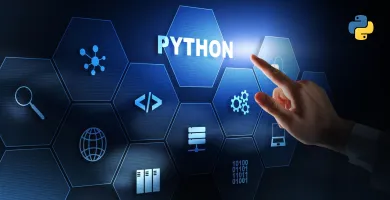



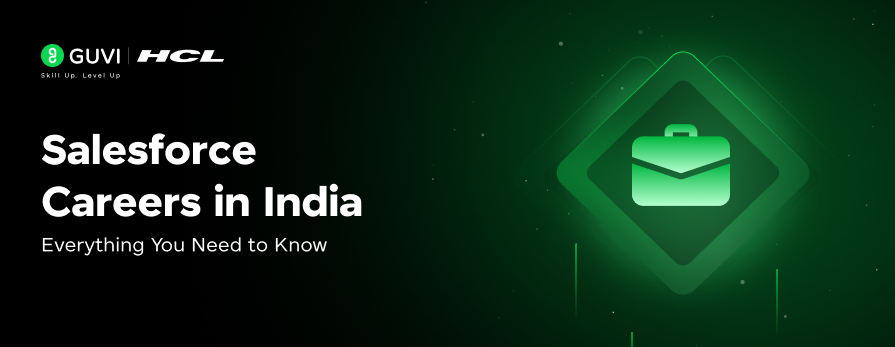
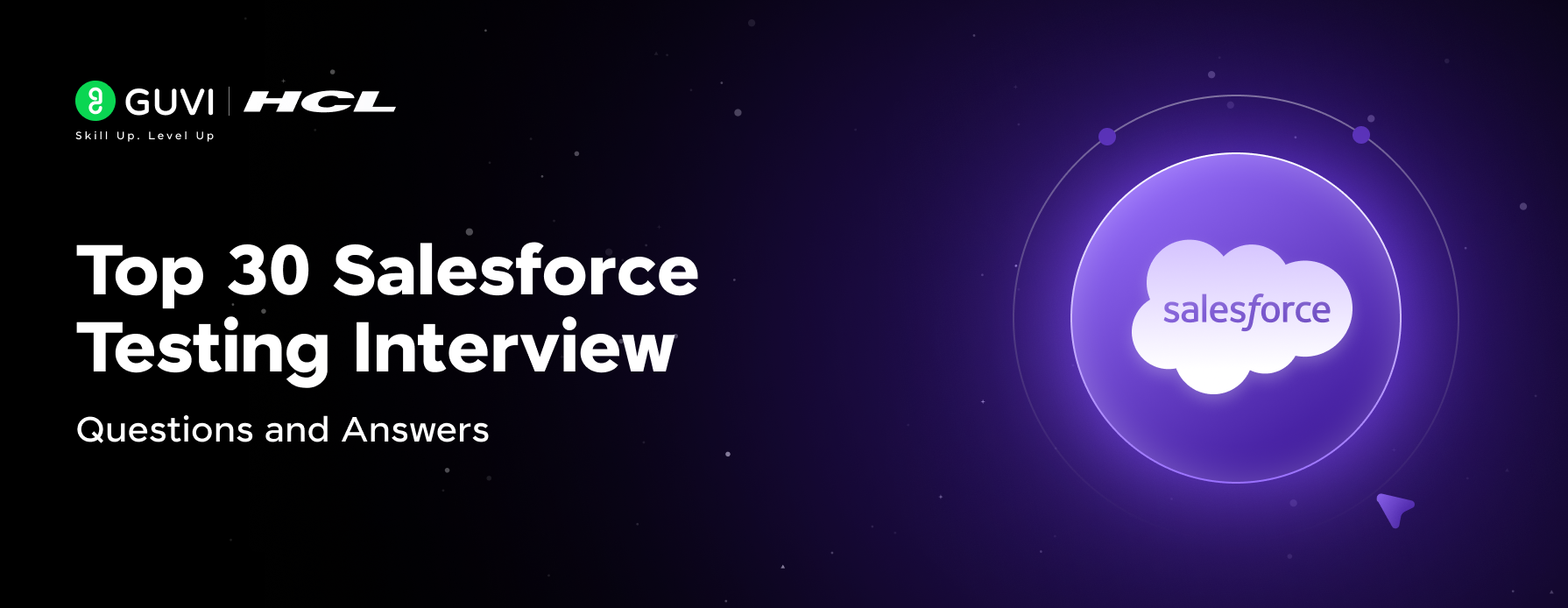
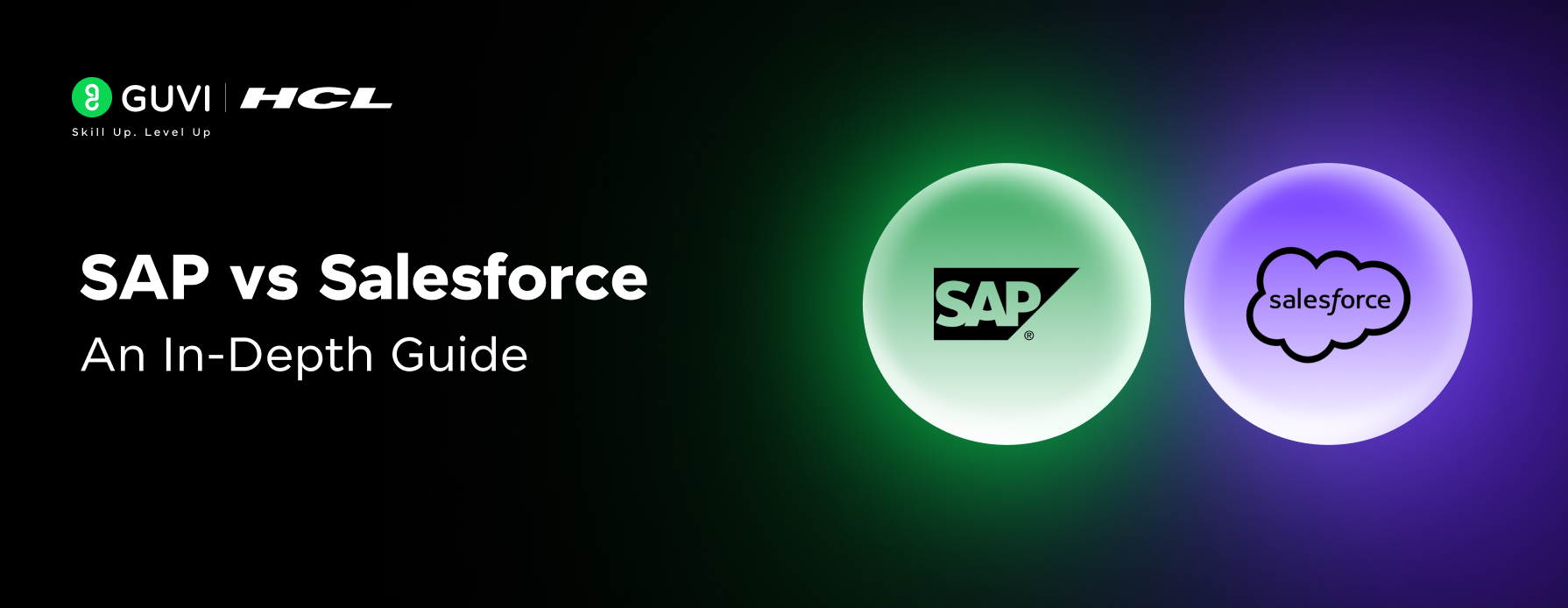
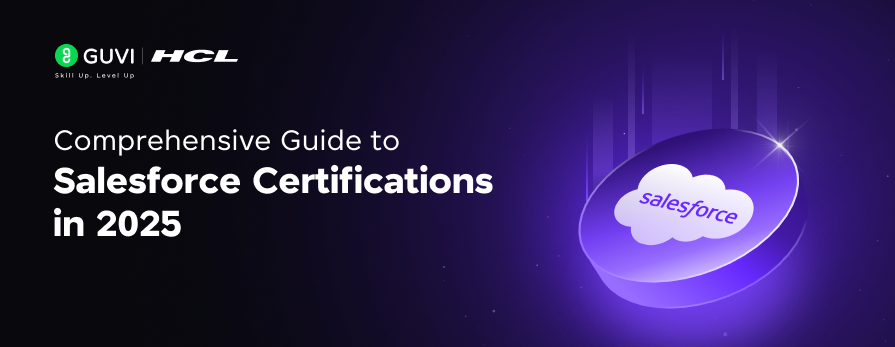
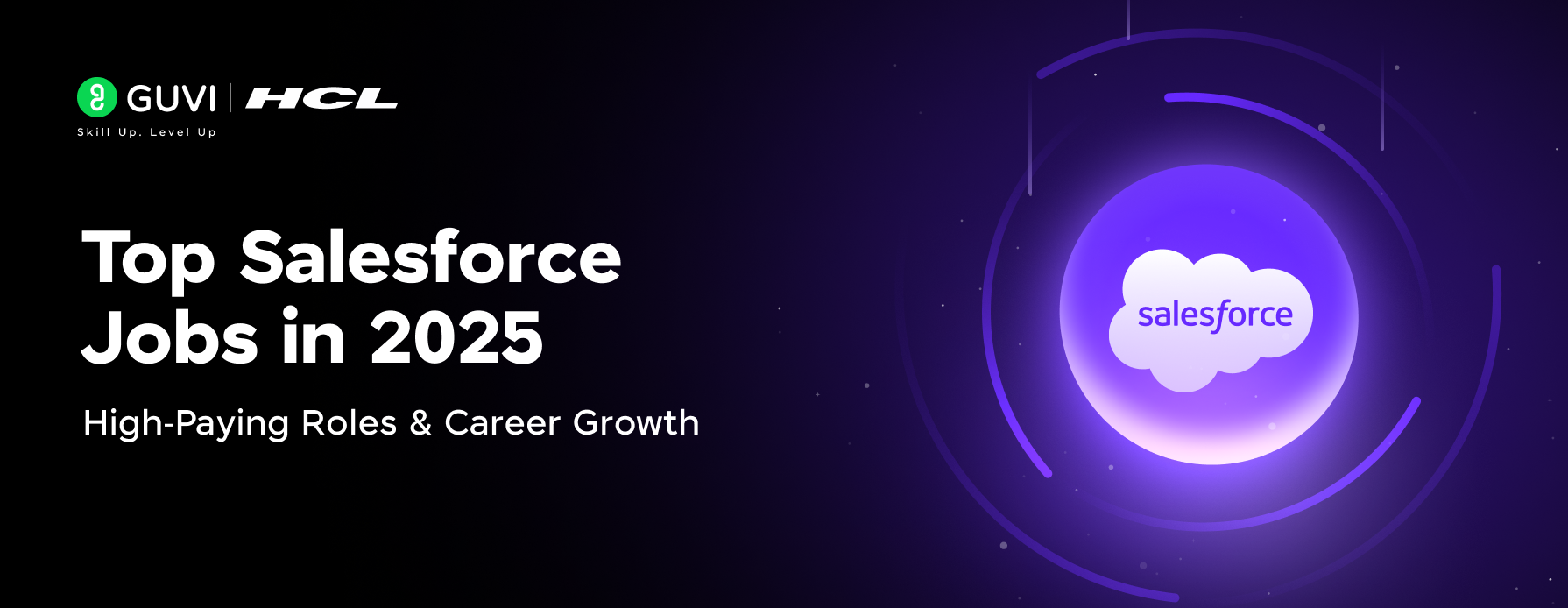
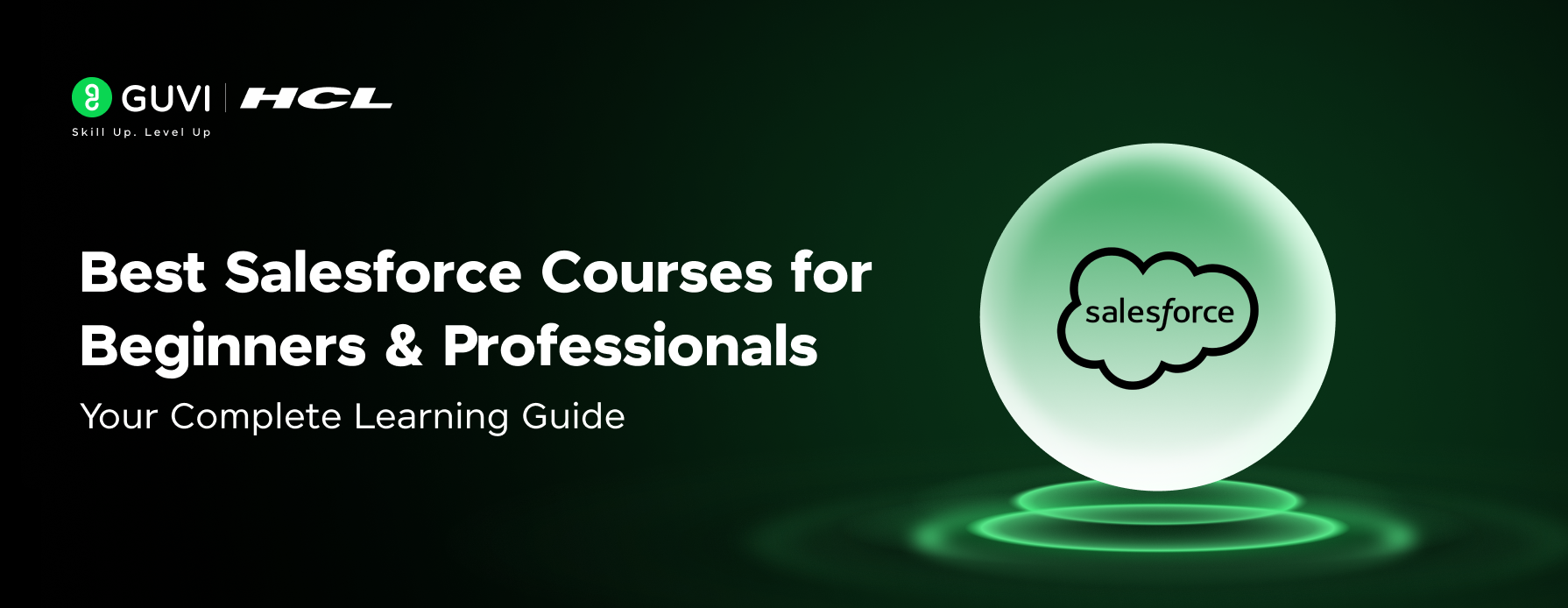
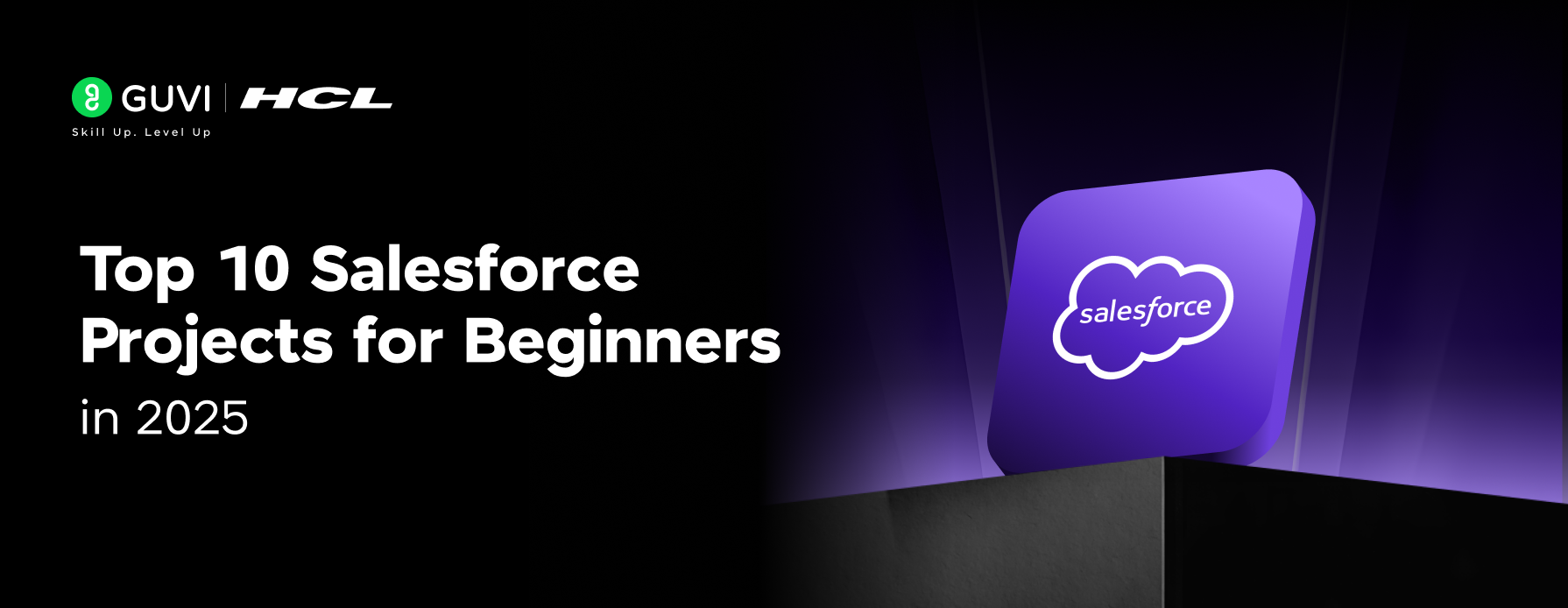
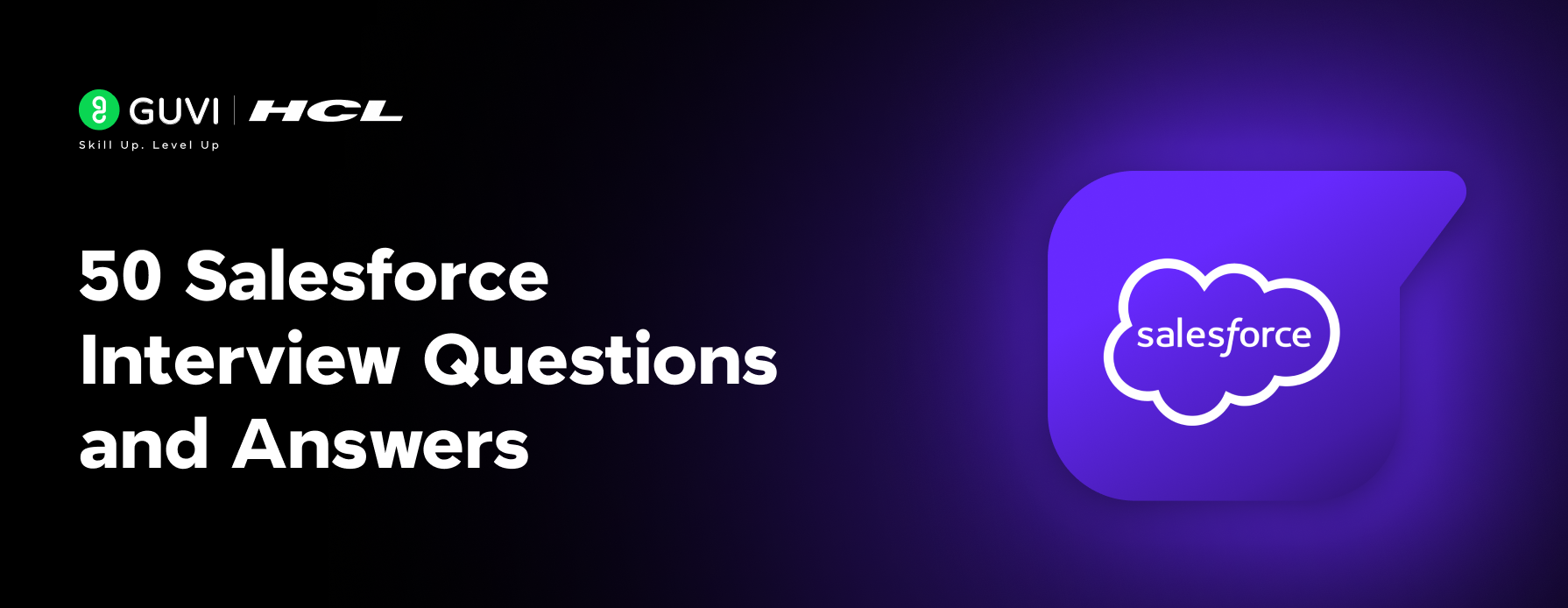
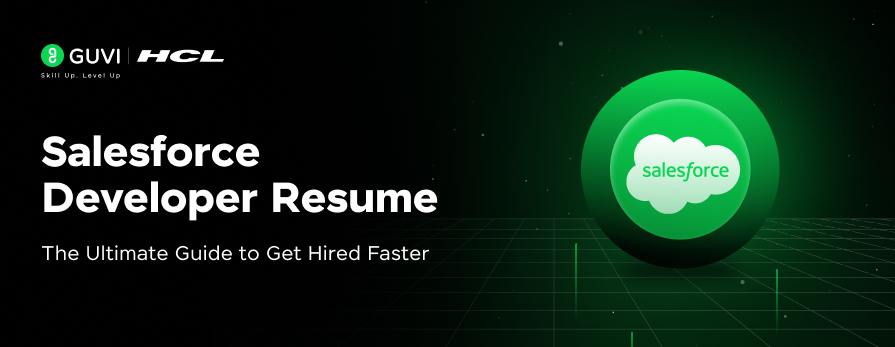




Did you enjoy this article?